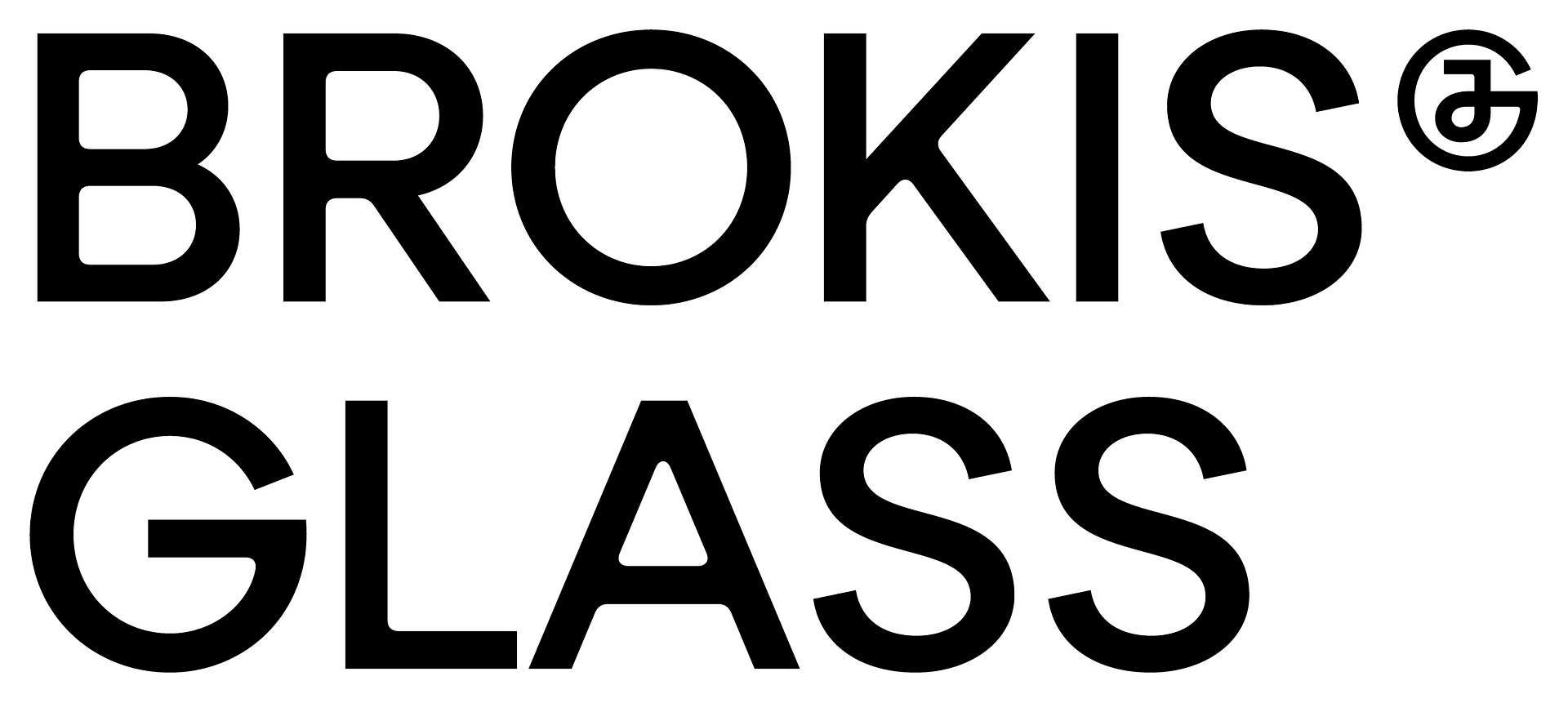
Technical information
Characteristics
- flat (panel) format
- minimal absorptiveness
- highly resistant to water and aggressive chemicals
- easy-to-clean surface
- highly resistant to wear
- highly resistant to odour absorption
- unmistakeable structural colouration
- 100% safe and environmentally friendly
- waste from panels can be fully recycled by the producer
Panel sizes
The standard thickness of the panels is 7 to 10 mm. The technology allows for the production of panels in sizes of 700×700 mm. Other sizes and thicknesses can be made to order. By choosing the correct production process, widths of 25 to 50 mm can be achieved. Smaller sizes and other formats and shapes are created by cutting individual panels with a waterjet. Holes of various diameters can be drilled anywhere in the panels, and any shape can be cut into them.
Panel weight
The weight of BROKISGLASS panels corresponds to the basic dimensions of 700 x 700 mm at a thickness of 7 to 10 mm. Because the material is handmade, the weight of the panels will range from 8.5 kg to 12.25 kg. Calculated for one square metre, the weight is approximately 17 to 25 kg.
Panels can be custom ordered in greater thicknesses, though the weight of the material increases proportionally.
Interior applications
- can be used as general interior cladding in common and technical spaces, off ices, and flats
- illuminated interior cladding in living spaces (kitchens, bathrooms, hallways, etc.)
- interior cladding for industrial buildings (laboratories, spaces with exposure to aggressive chemicals, food production facilities, veterinarian clinics, hospitals)
- common spaces requiring indirect lighting (hotels, lobbies, passages)
Architectonic appointments
The ideal space for the application of BROKISGLASS are living and technical interiors. The organic characteristics of the material are especially apparent in combinations with metal or wood. The panels make it easy to maintain surfaces subjected to intensive wear. Because they are highly resistant to odour absorption, they are especially beneficial in common interior spaces. An important architectonic aspect and advantage of the material is that it can be illuminated.
Modifications and finishes
- smooth, glossy face surface (standard production)
- deburring of cut edges
- polishing of deburred edges
- bevelled edges 2–3 mm
- non-right cuts and cutouts using waterjet grinding of traditional ornaments for decorative glass
- sandblasting (full surface or decorative)
- matte finish
- panels can be curved within a limited radius
The panels can be easily cleaned in any application using plain water or water with ordinary detergent. Graff iti can be removed with solvents suited to the particular type of synthetic paint used. Abrasive scouring powders are not recommended.
Exterior applications
- exterior large-format wall cladding
- glassed-in outdoor spaces (atriums, pergolas, etc.)
- garden and cemetery architecture (translucent dividing walls, garden tables, grave markers)
Thermal expansion
BG is not intended for settings subject to rapid temperature fluctuations or high mechanical loads and may not be used in place of tempered glass. We do not guarantee the material’s properties if used incorrectly. Prior to use, always consult with our specialists to ensure the suitability of the installation.
Defects
Bubbles in the glass
During the manufacturing process, air bubbles may appear in the glass. This is not a defect or a sign of reduced quality and therefore may not be the subject of a warranty claim. We never ship any product that does not meet our strict quality control standards. Such anomalies are unique trademarks of handmade glass, and the presence of up to 3 air bubbles 1.5–2 mm in size per segment with sealed surface is not grounds for a warranty claim.
Small pigment spots
Though rare, small pigment spots (< 1 mm) may occasionally occur. Pigment spots are the result of minerals that are not visible at the time of manufacture but become visible during the process. Pigment spots occur more often in the Triplex Opal (white) glass. Our quality control standards do not permit pigment spots in more than 3% of the surface area. Such anomalies are unique trademarks of handmade glass.
Visible waterjet entry point
The waterjet entry point takes the form of a subtle notch. This is entirely normal. The technology provides no way to prevent this during manufacture; however, the irregularity is minimized in subsequent operations.



